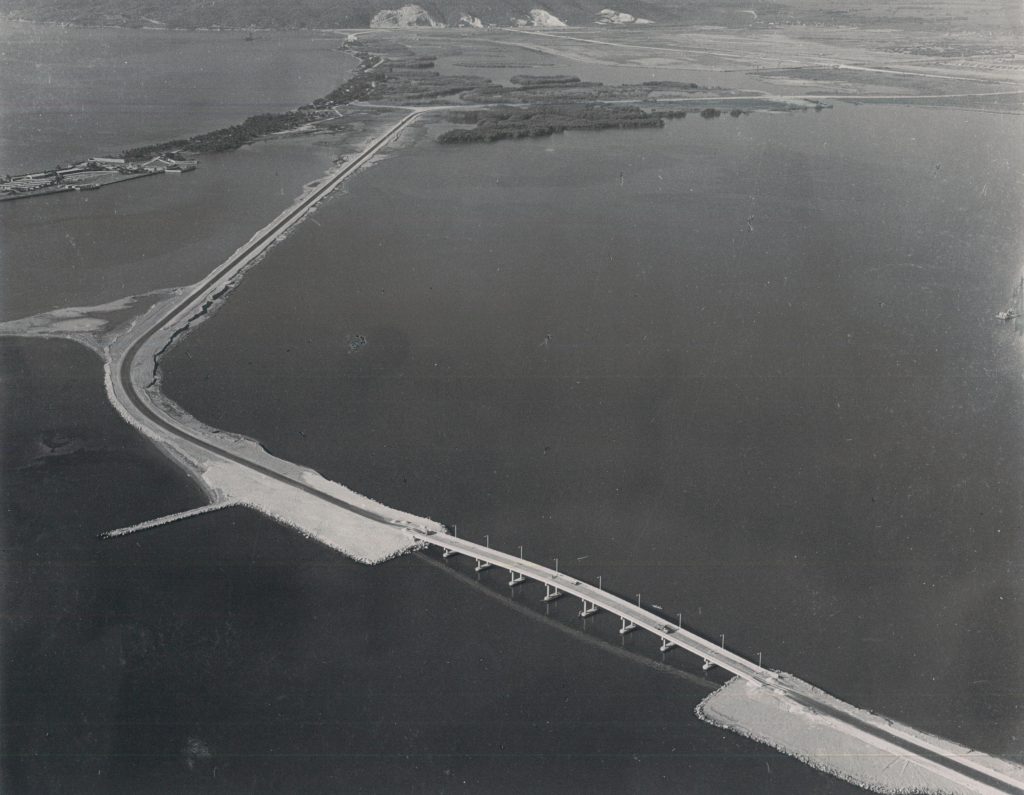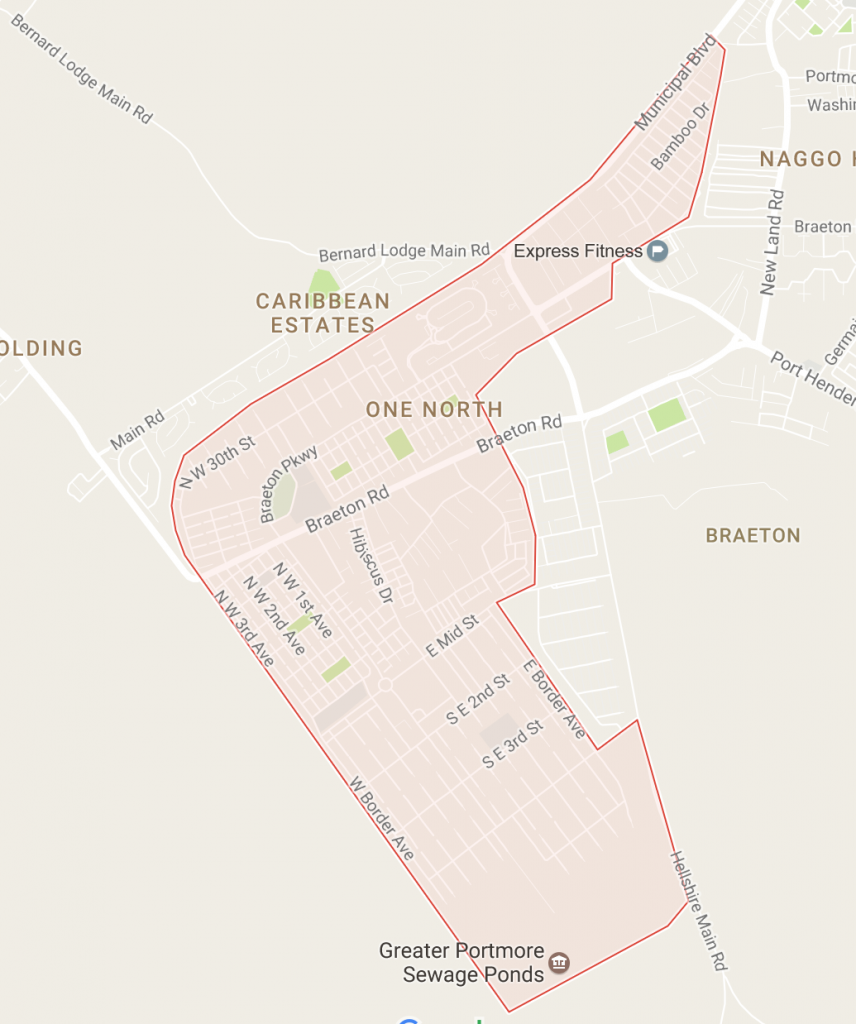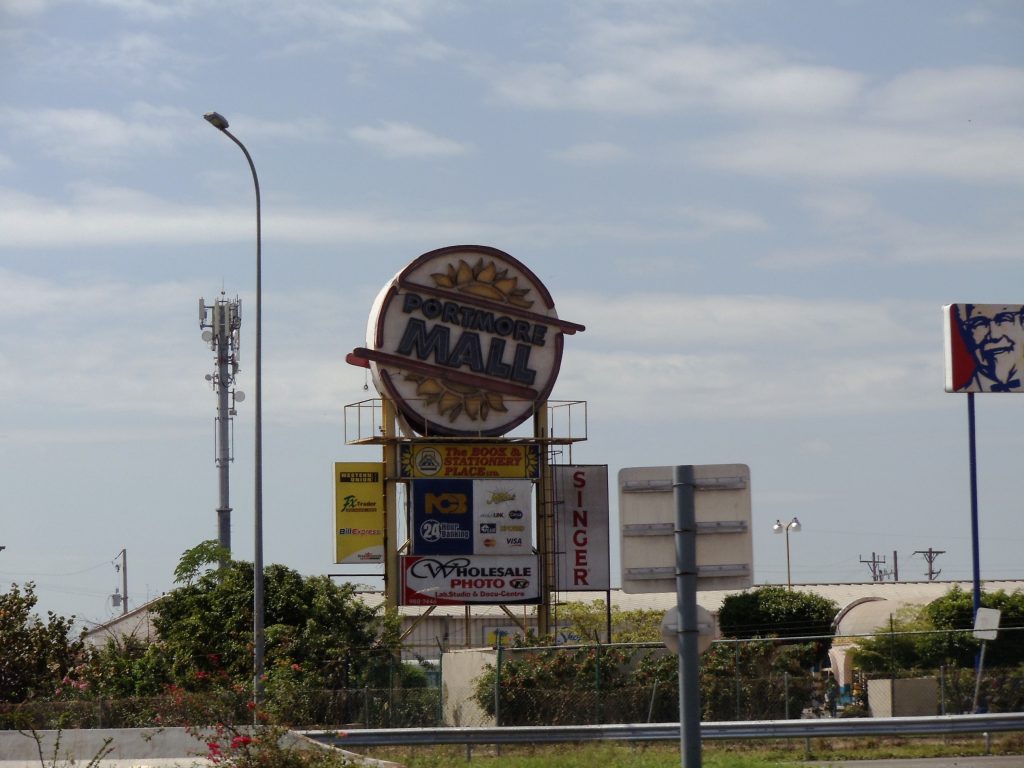#Jamaica: 10 Facts You Didn’t Know About Portmore

By MONIQUE HENRY
Portmore, St. Catherine’s “Sunshine City” has become one of Jamaica’s most populated areas.
The fast growing municipality has proven to be one of Jamaicans’ favourite place of residence since it’s close to so many other places. No doubt we can all say we know a thing or two about Portmore, but how much do we really know about it? Let’s see! We’re sharing 10 facts that you probably didn’t know about Portmore:
• Portmore got its name in the 1870s during the English colonial era when “Portmore” was simply a part of a larger region, then known as the Salt Pond District, which stretched from land South East of Spanish Town to Hellshire.
• One of Portmore’s key tourist attractions, Hellshire beach is located in an area that got its name in the 1960s. It was called ‘Healthshire’ until authorities decided Hellshire was to be its designated name.

• A majority of the schemes and communities in Portmore were developed by WIHCON between 1959 until now. WIHCON constructed more than 35,000 homes there, benefiting thousands of families over the years.
• The first housing scheme developed in Portmore was ‘Independence City’ in 1962. The scheme got its name from the year in which it was developed – Jamaica’s year of Independence.
• Before the Portmore-to-Kingston leg of Highway 2000 was what we know it to be today, it was the Portmore Causeway. This connecting road between Kingston and St. Andrew and Portmore, served as an alternate route to the Mandela Highway. Causeway opened on January 21,1970, after contractor Moses Matalon, a forefather of WIHCON started the project.

• Fort Augusta Adult Correctional Centre, Jamaica’s only all female prison was built in 1740 by English colonisers as a means of defence from enemy ships in the Kingston Harbour. In the 1880s Fort Augusta was abandoned and in 1952 was turned into a prison for males. But since 1988 is now a female prison.
• In 1989, Prime Minister, Michael Manley announced the development of Greater Portmore. Joseph Matalon and his team at WIHCON at the time took on the project and revolutionised housing in Jamaica. Greater Portmore was underway by December 1991 with more than 16,000 houses at the time.

• On February 10, 1993, the Portmore Mall was opened by the Urban Development Corporation (UDC) with more than 60 shops opened and ready for business. It was the only mall in Jamaica that was fully air conditioned. The mall then contained a nightclub, a movie cinema, two record stores and other stores.

Also from our blog: @Home: Protect Your Home From Mosquitoes
• The first movie to be shot in Jamaica was shot in the Sunshine City. The silent film, “A Daughter of the Gods” was shot in 1916 by the Fox Film Corporation starring famous Australian swimmer and actress Annette Kellerman.
• In 1995, local entertainer Byron Lee decided to make a local version of Trinidad’s road carnival in Jamaica. The first staging of Jamaica’s road carnival took place on Easter Monday, 1995 in Portmore. The road carnival was short-lived and only lasted in Portmore until the year 2000 due to challenges with the unfamiliar culture and lack of support, but has since moved to the Kingston and St. Andrew area.
What is Portmore like today?
Recently, Portmore has become the place to be for young professionals and families looking for affordable, modern housing solutions. That’s why we’re coming home to the Sunshine City!
We can’t wait to get back into Portmore again!
